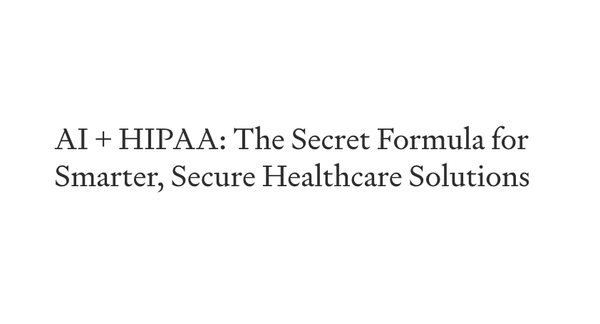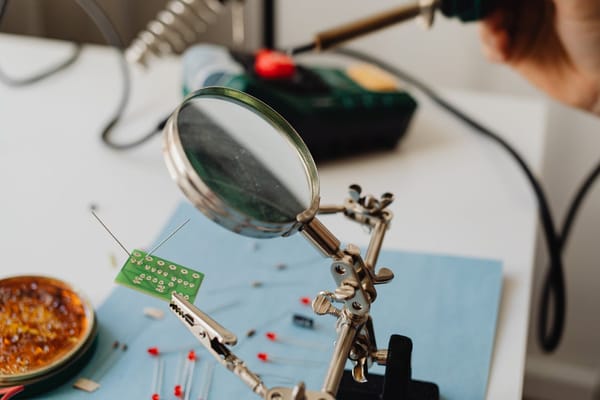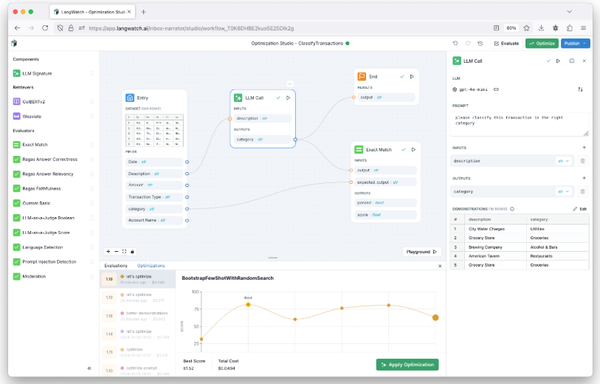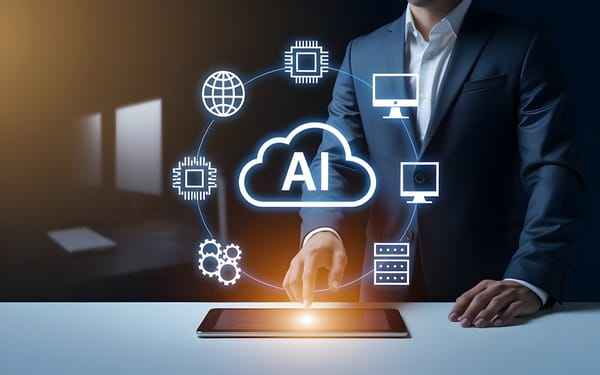AI and Machine Learning in Medicine: What Doctors Need to Know
Table of Content
Machine learning (ML) and artificial intelligence (AI) are transforming various fields, including medicine. Here’s a straightforward explanation for doctors on what these technologies are and how they can be applied in medical practice.
At Medevel, our focus is on leveraging technology to improve healthcare delivery and outcomes. AI and ML hold immense potential to revolutionize medical practice by enhancing diagnostic accuracy, personalizing treatments, and predicting patient outcomes.
By staying informed about these advancements, we aim to provide healthcare professionals with the tools and knowledge they need to incorporate these technologies into their practice effectively. This commitment aligns with our mission to promote open-source medical software and innovative healthcare solutions.
What is Artificial Intelligence (AI)?
Artificial Intelligence refers to the capability of machines to mimic human intelligence. This includes tasks such as learning, problem-solving, and decision-making. AI systems can process large amounts of data, recognize patterns, and make predictions.
What is Machine Learning (ML)?
Machine learning is a subset of AI that involves training algorithms to learn from data. Instead of being explicitly programmed, these algorithms use statistical methods to improve their performance as they are exposed to more data.
Applications of AI and ML in Medicine
1. Diagnostic Imaging
AI and ML are highly effective in interpreting medical images. Algorithms can analyze X-rays, MRIs, and CT scans to identify abnormalities.
Example:
Lung Cancer Detection: AI systems can detect early signs of lung cancer in CT scans more accurately and quickly than traditional methods, aiding in early intervention and treatment.
2. Personalized Treatment Plans
ML can analyze patient data to create customized treatment plans. By considering factors such as genetics, lifestyle, and medical history, these systems can recommend the most effective treatments.
Example:
Oncology: ML algorithms can suggest personalized chemotherapy regimens based on the genetic profile of a patient’s tumor, potentially improving outcomes and reducing side effects.
3. Predictive Analytics
AI can predict patient outcomes based on historical data. This can help in anticipating complications and improving patient management.
Example:
Sepsis Prediction: AI models can analyze vital signs and lab results to predict the likelihood of sepsis in hospitalized patients, allowing for early intervention and potentially saving lives.
4. Virtual Health Assistants
AI-powered virtual assistants can help manage routine tasks, such as scheduling appointments, reminding patients to take medications, and answering basic health questions.
Example:
Patient Monitoring: Virtual assistants can monitor chronic conditions, provide real-time feedback to patients, and alert healthcare providers to any concerning changes.
5. Genomics
In genomics, ML algorithms help interpret complex genetic data, identifying mutations and their implications for diseases.
Example:
Genetic Disorder Diagnosis: AI systems can analyze whole-genome sequences to identify genetic mutations associated with rare disorders, facilitating accurate diagnoses.
Conclusion
AI and ML are powerful tools that can enhance various aspects of medical practice. From improving diagnostic accuracy to personalizing treatment plans and predicting patient outcomes, these technologies offer significant benefits.
Understanding and integrating AI and ML into healthcare can lead to better patient care and more efficient medical practice.
References
- Google DeepMind's Lung Cancer AI
- AI in Lung Cancer Detection
- PathAI in Breast Cancer Diagnosis
- AI and Pathology
- DeepGenomics
- Study on AI Bias in Medical Diagnostics
By focusing on these real-world applications and addressing ethical considerations, we can better understand the impact of AI on healthcare and its potential to improve diagnostic accuracy.











